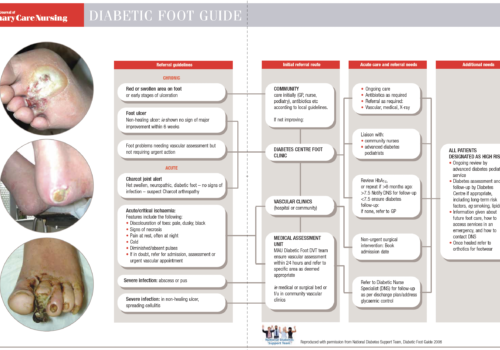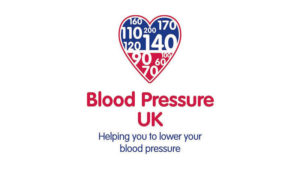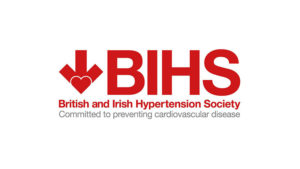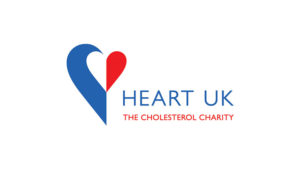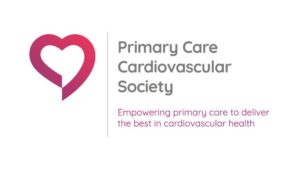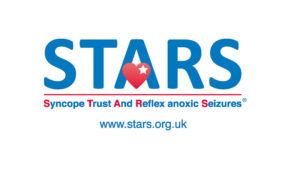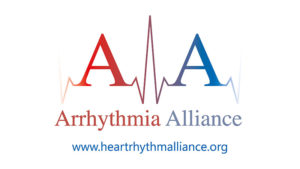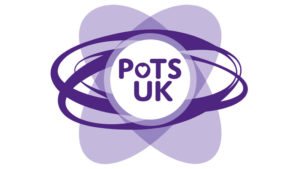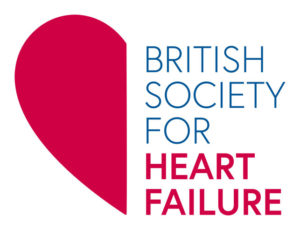Learning to accept and live with a chronic condition such as diabetes or coronary heart disease (CHD) is as crucial a part of treatment as medications. As eating outside the home is increasingly a feature of today’s society, it is important that patients with diabetes or CHD feel able to enjoy meals out without any feelings of guilt. In this article, we suggest practical tips for helping patients with diabetes and heart disease to eat out healthily.
Editorial: COPD
Being able to take a deep breath of fresh air is something that most of us take completely for granted. But for our patients with asthma, chronic obstructive pulmonary disease (COPD), other respiratory diseases such as sleep apnoea, and allergic disorders such as rhinitis, taking a deep breath may not be so easy.
Beating Arrhythmias
Arrhythmias are extremely common. They are usually benign but their significance depends on the symptoms they cause. Some arrhythmias are more serious and can be life-threatening. In this article we clarify the causes of arrhythmias and help you sort out the different types that can occur, dividing them into the two main categories – tachyarrhythmias, where the heart rate is faster than normal, and bradyarrhythmias, where the heart rate is much slower than normal.
Blood Pressure: How Different Devices Measure Up
Organising Care For The Person Newly Diagnosed With Diabetes
The focus of diabetes care is well established in general practice, with practice nurses taking on much of the responsibility for diabetes management. The white paper Our Health, Our Care, Our Say talks about high quality care being delivered to patients close to where they live. So, in the future, general practice can expect to take on more responsibility for conditions such as diabetes. This article discusses the priorities for the newly diagnosed patient, and the importance of sound advice and guidance in the early stages.
Successful combining of antihypertensive drugs
Hypertension (high blood pressure) is estimated to affect 60-70% of people aged over 60 years of age and increases the risk of complications such as coronary heart disease, heart failure and stroke. Although it is well accepted that lowering blood pressure is crucial in reducing overall cardiovascular morbidity and mortality, the number of people whose raised blood pressure is reduced below target levels remains defiantly low. In this article, we review why so many patients fail to reach blood pressure targets and how we can improve this, including use of more than one antihypertensive.
Back to Basics: Diabetic foot guide
Nurse Prescribing: Pandora’s Box or Practical Plan?
Nurse prescribers can prescribe the full range of drugs and other items in the British National Formulary under the latest arrangements from the Department of Health. This move has been met with mixed reactions. Nurses see it as the rightful acknowledgement of their responsibilities, conferring authority commensurate with their role and enabling them to perform their role honestly and openly. In contrast, the British Medical Association, representing doctors, issued public warnings about patient safety if nurses were allowed to prescribe more freely. In this article, we review the opportunities and challenges of nurse prescribing, and explore strategies for its effective and safe implementation.
Functional Foods: More Than Just Good To Eat
There has been a flurry of interest in functional foods over the past few months. Health claims range from lowering cholesterol to improving vitality. Functional foods have been popular in the Far East for many years but only arrived in the UK six years ago. They are now the most rapidly growing sector of the food industry, with estimates suggesting we currently spend around £1 million on them every day. To make informed choices, consumers and health professionals need to know the truth behind the hype. In this article we review the range of functional foods now available, take a look at the evidence for their claims and explore the pros and cons of using them.
Apples and Pears: Targeting Abdominal Obesity
Healthcare professionals spend a great deal of their time screening for, and treating, silent killer diseases such as diabetes, hypertension and hyperlipidaemia but often ignore the primary cause of these conditions, which is often – quite literally – staring them in the face. Obesity can be seen without the need to use any fancy gadgets – we simply need to use our eyes each time we see a patient. There are essentially two main body shapes – apples and pears – each associated with different distributions of body fat. Pearshaped people carry most of their excess fat around the hips, buttocks and thighs. Apples carry most of their excess body fat around the middle; this is known as central obesity and is much riskier for diabetes and cardiovascular disease. In this article we review why central obesity matters, how to measure it and management strategies.
Heart Murmurs – When Are They Significant?
Heart murmurs – abnormal sounds heard through the stethoscope – are caused by turbulent blood flow in the heart or blood vessels. They can be associated with a range of conditions, including valve defects, high blood pressure and heart failure in adults and congenital heart defects in children. Patients should be investigated carefully to identify the underlying cause, which will determine treatment and prognosis. Some pathological murmurs require no treatment. If they are severe, however, surgery may be needed to correct the causative defect. Drug treatments may be indicated for some murmurs.
Editorial
I am keeping my fingers crossed as I write this that you are all having to apply sun protection factor 30 as a result of a glorious summer and that you are enjoying reading this issue of British Journal of Primary Care Nursing to the accompaniment of gently chinking ice cubes as drinks are served to you while you recline under a parasol! Well it was a nice thought!



